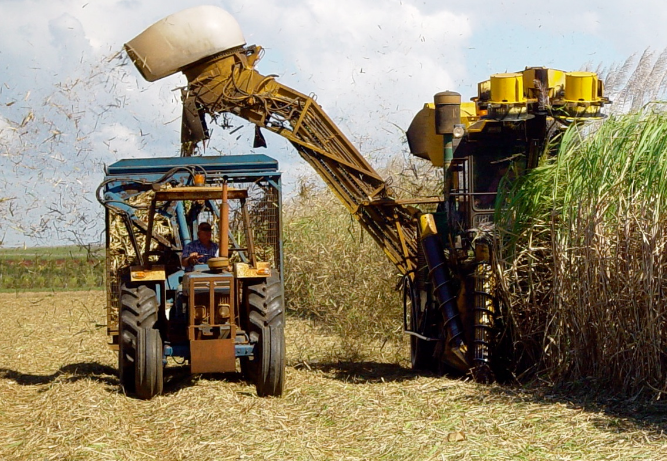
As bioplastics and other biochemicals gain favor with brand owners and consumers, the issue of ecolabels and traceability takes on increasing importance. Applying these concepts uniformly and rigorously is important to brand reputation and continued consumer support. There are four models widely used in commodity agricultural systems. These are: identity preservation, product segregation, mass balance and book-and-claim (aka “certificate trading”). The choice of the traceability model is determined by a number of factors.
Identity preservation is required for many products in food supply chains, for example to label vegetables as “Certified Organic.” Identity preservation is a type of product segregation common with coffee or chocolate, whereby the specific originating farm is also identified. In Europe, most biofuels are traded on a mass-balance basis – that is, certified and uncertified feedstocks entering a biofuels facility may be physically mixed. The amount of biofuels leaving the facility as “certified” corresponds to the amount of certified incoming raw material during a determinate period of time. Finally, a book-and-claim approach allows for certified upstream operators to generate and sell credits to downstream operators for the right to make sustainability claims (i.e. certificate trading). Usually these credit transactions take place on an independent electronic trading platform.
In the case of bioplastics, there are considerable differences in the length and complexity of supply chains. In some instances, a biochemical manufacturer may be able to directly source some percentage of their input materials as certified, from 0 percent to 100 percent. The plant operator can then claim a percentage of the biochemical facility’s output as being certified, according to the amount of certified incoming biomass (i.e. the mass-balance approach). However, some bioplastics manufacturers may be unable to purchase certified feedstocks in their local area, and would need to buy certified feedstocks from far away, increasing shipping costs and hurting carbon emission performance. In other cases, bioplastics manufacturers may buy from many different or changing sources, or simply cannot convince their current suppliers to become certified at that time. In these cases, biochemical manufacturers may instead choose to purchase sustainability credits produced by certified mills in other regions of the world (ie. the book-and-claim approach).

Mass-balance is a good option for relatively short supply chains (e.g., 3-5 actors), in which a downstream company can influence upstream actors in their supply chain. It allows for stronger sustainability communication and verification that the materials contain (in theory) at least some percentage of certified inputs. A certificate-trading model may be the more appropriate option when the supply chain is too long to get every actor on board (e.g., >5 actors), or when the bioplastics customer is not able to provide a strong enough economic motivation to convince all upstream actors to submit to a voluntary certification program.
While most environmental stakeholders prefer mass-balance to book-and-claim certification, they also acknowledge that until certification programs achieve critical mass with broad adoption by commodity supply chains, certificate trading is an acceptable option. Certificate trading allows diverse downstream customers to create aggregate demand and thereby send market signals across the supply chain to move to more sustainable practices. For example, as demand drives up the value of the traded certificates, more farmers will supply the market with certified crops to gain the price premium provided by the sustainability attributes embodied in the traded certificates. Over time, this will ease a move to mass-balance or product segregation approaches as an increasing portion of the grain coming from a supply basin is already certified.
Finally, all four traceability models are equally compatible with physical biocontent verification. Biocontent levels are usually verified by examining a material’s ratio of renewable to fossil carbon, according to ASTM D6866 or CEN/TS 16137. The RSB believes that in order to make a certified bioproduct claim, a product should have a minimum renewable carbon level of 25 percent for consumer-packaged goods. In summary, the RSB standard accommodates either a mass-balance or book-and-claim traceability system for biobased products, and the biocontent should be verified according to one of the above mentioned test methods.
Author
Matt Rudolf (Business Development & Americas Director at RSB)
Source
European Bioplastics Bulletin 01/2015, 2015-02.
Supplier
European Bioplastics e.V.
Roundtable on Sustainable Biomaterials (RSB)
Share
Renewable Carbon News – Daily Newsletter
Subscribe to our daily email newsletter – the world's leading newsletter on renewable materials and chemicals









